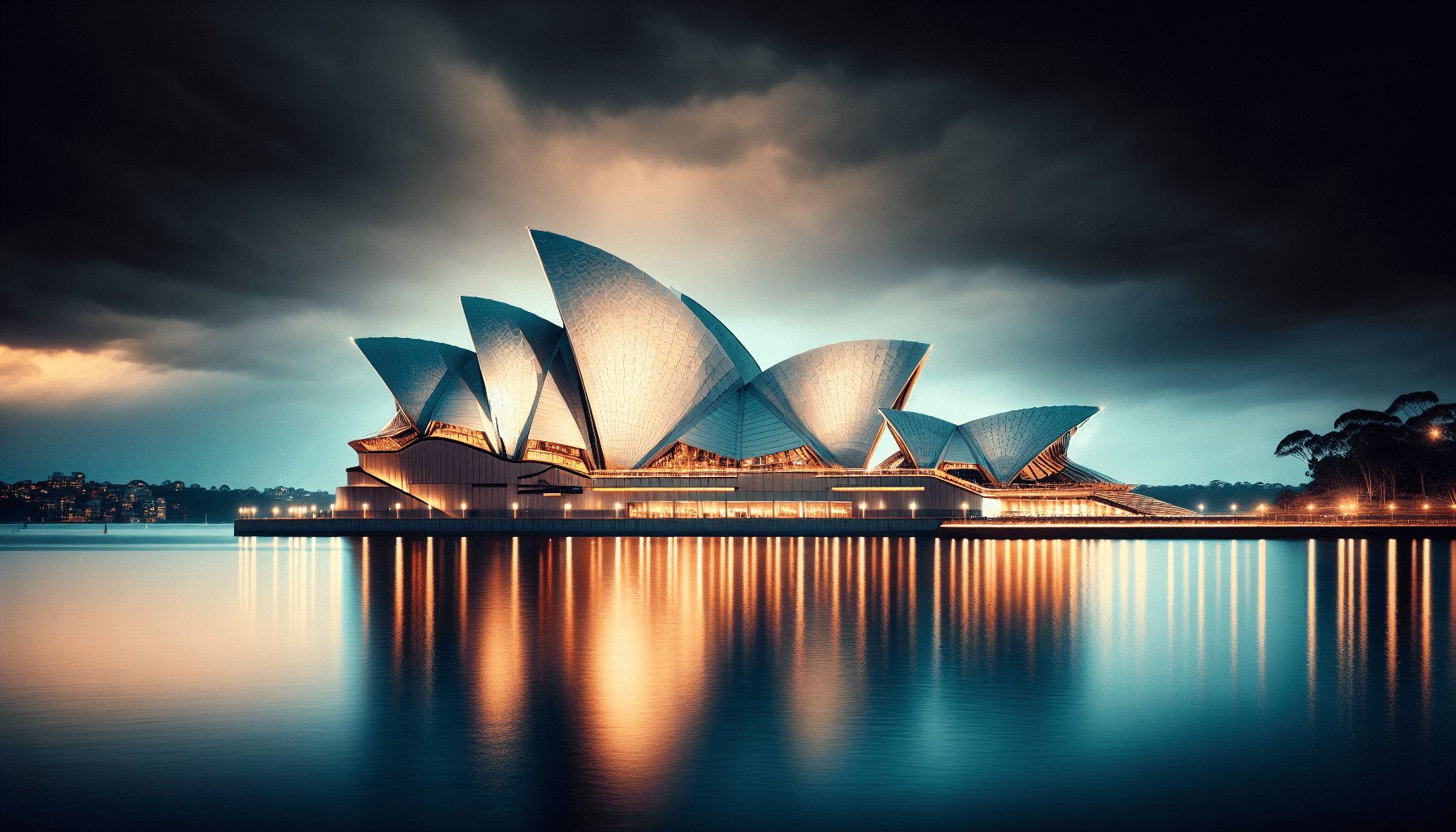Architectural photography is an art form that immortalizes the essence, grandeur, and intricate details of buildings, ranging from iconic historical landmarks to modern architectural marvels. It combines elements of design, history, and technology, offering photographers a chance to tell stories through the built environment. Whether you're a seasoned photographer or a beginner eager to explore this fascinating niche, here are some insights and tips to help you capture stunning architectural photographs.
Understanding Architecture
Before pointing your camera, it's essential to appreciate and understand the building you're photographing. Pay attention to its design elements, historical significance, and function. This understanding will inform the composition and narrative of your images, allowing you to capture photos that do justice to the architect's vision.
Essential Equipment
-
Camera and Lenses: While any camera can potentially capture architectural shots, a DSLR or mirrorless camera offers the flexibility and quality required for professional results. A wide-angle lens is crucial for capturing the entire scope of large buildings, while a tilt-shift lens is useful in correcting perspective distortions, especially when shooting tall structures from the ground.
-
Tripod: Stability is key in architectural photography. A sturdy tripod helps ensure sharp images, especially in low-light conditions or when using slower shutter speeds.
-
Polarizing Filter: This can enhance the contrast in your images and eliminate glare from reflective surfaces such as glass windows or water features.
Techniques and Composition
-
Perspective and Angles: Experiment with different angles and perspectives to create dynamic compositions. High angles can offer an overarching view of the structure, while low angles can emphasize height and grandeur. Varying perspectives also help in overcoming the challenge of converging verticals, where buildings appear to lean backward.
-
Framing and Leading Lines: Use natural elements such as trees, arches, or door frames to frame your subject. Leading lines, like pathways or edges of nearby buildings, can guide the viewer's eye into the photo, highlighting the structure.
-
Light and Shadow: Light plays a pivotal role in architectural photography, defining textures and shapes. Early morning or late afternoon light is ideal as it casts long shadows and softens harsh lines. Night photography, with artificial lights, can also create dramatic effects, especially in urban settings.
-
Details vs. Whole: Architectural photography is not limited to grand, far-reaching shots. Zooming in on intricate details, textures, and patterns can result in powerful, abstract compositions that highlight the craftsmanship and uniqueness of a structure.
Post-Processing
-
Perspective Correction: Use editing software to correct any perspective distortion that may not have been fixed during shooting. This will help in maintaining the integrity of the architectural lines.
-
Enhance Texture and Details: Adjust contrast and clarity to highlight the textures of materials like brick, glass, or stone.
-
Color Balance and Exposure: Architectural photographs often require adjustments in color balance and exposure to accurately reflect the scene's ambiance or atmospheric conditions.
Legal and Ethical Considerations
Always be aware of legal restrictions and respect private properties. In some cases, you may require permission to photograph certain buildings, especially for commercial purposes. Additionally, ensure your work does not disrupt the surrounding environment or the people who may be using the space.
Conclusion
Architectural photography is a rewarding pursuit that not only offers a glimpse into the mind of architects but also provides a deeper appreciation of the spaces and structures that surround us. With the right equipment, techniques, and a thoughtful approach, you can create compelling images that highlight the beauty and complexity of architectural feats. Happy shooting!
